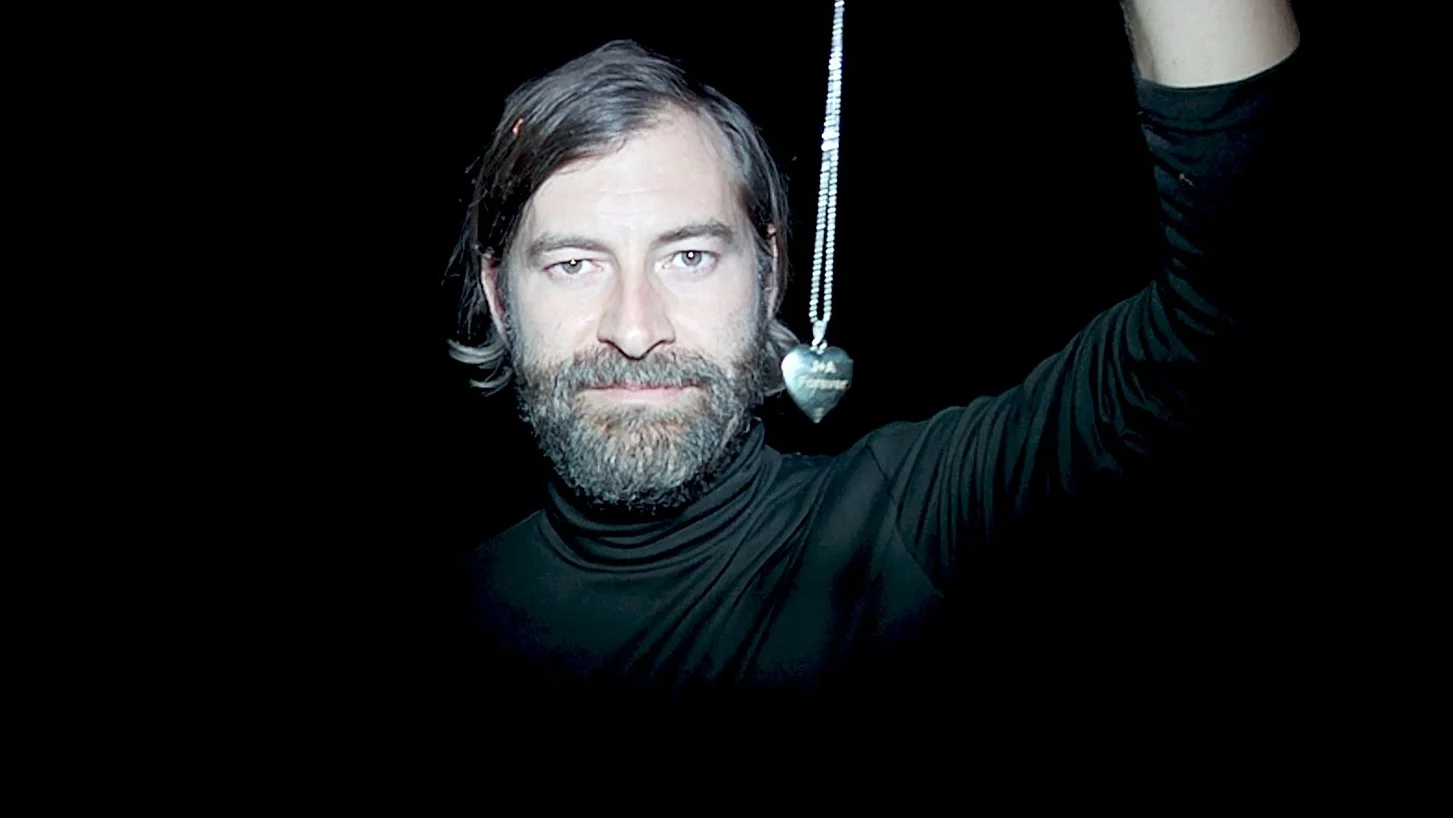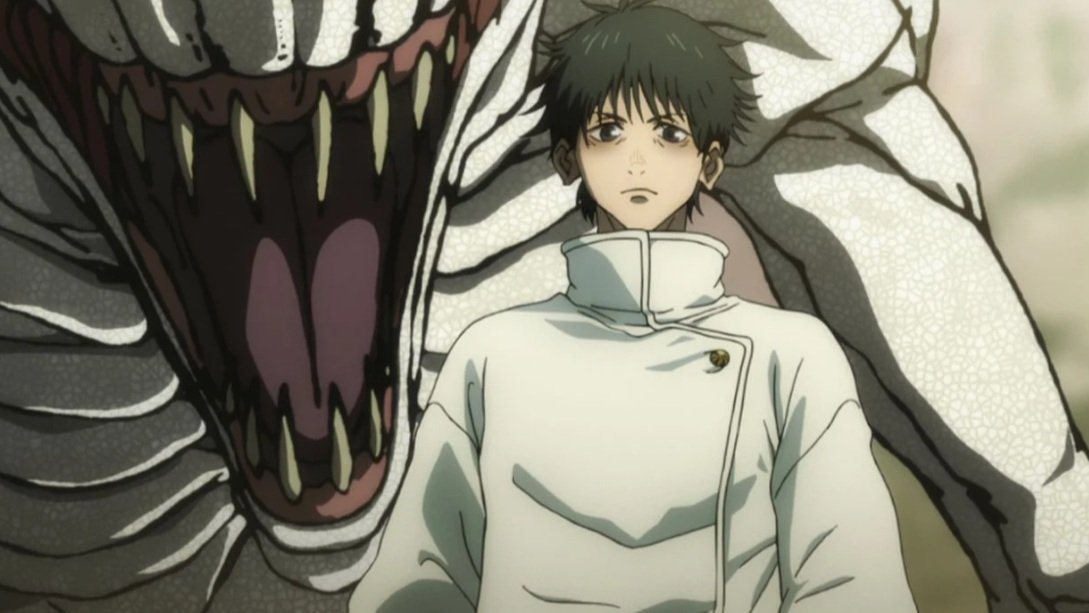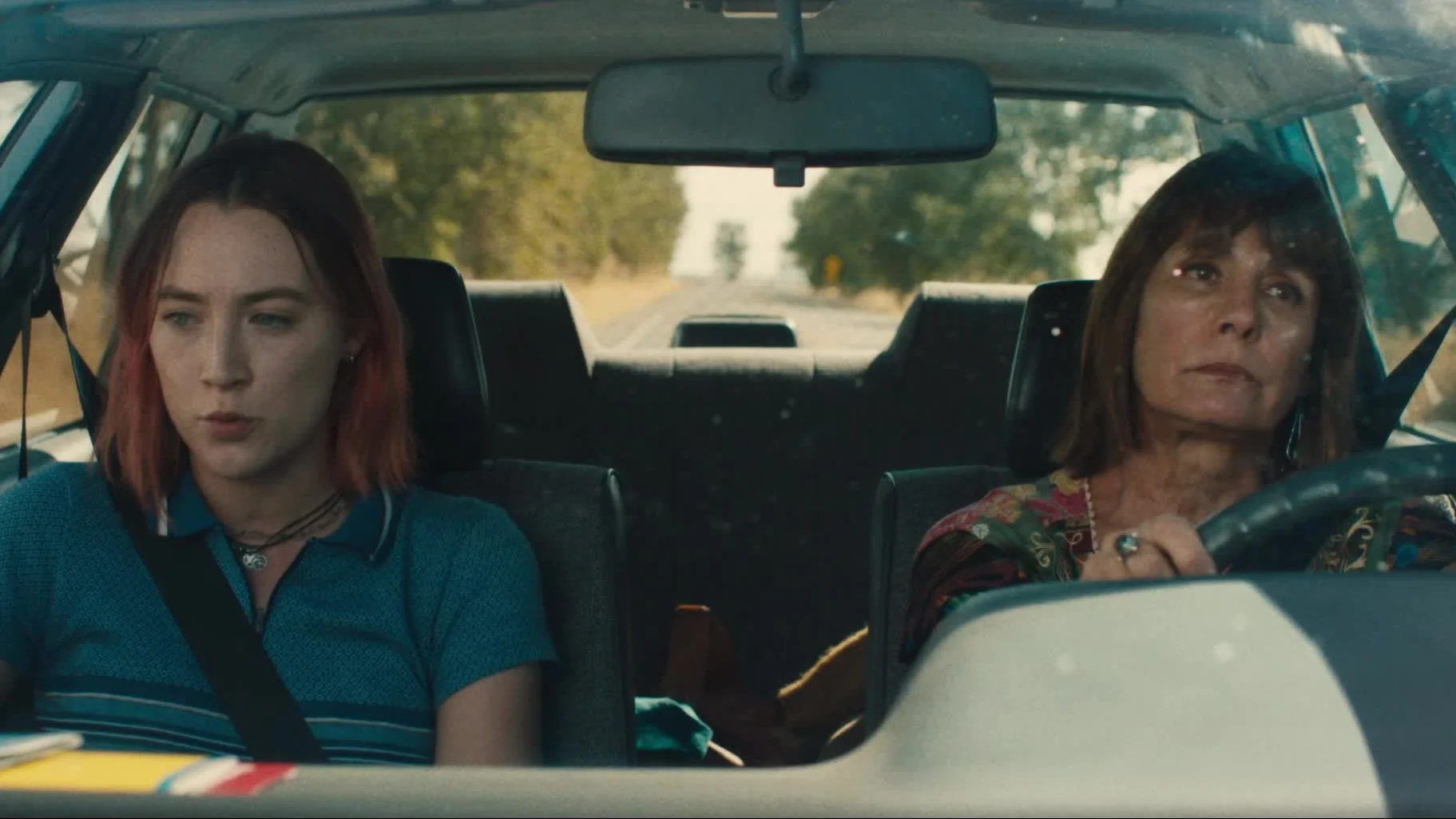Review: Creep 2
Creep 2 succeeds in many ways. On one level, it is a successful sequel to Creep; a Patrick Brice/Mark Duplass found footage exercise in squirming, cringing horror. That, in and of itself, is enough for a dash of praise. Creep provided a practically real-time evocation of sustained dread, and how humor and terror live together under one roof in such scenarios. It was really, really scary, but laced with the cackling shivers of mumblecore, a mix which concocted the basis for earlier sections of tightrope comedy ever so close to falling over the edge. Creep 2 begins with audience knowledge, for if you’ve seen Creep, then you already know a great deal about Aaron–Mark Duplass’ captivating serial killer. His wild switch-up in emotions, his defiant approach to relationships, and the deep instability of his mental illness are already laid out on the table. The film always succeeds in its own playfulness between who actually is subject and who is manipulator. The suspense isn’t solely based around Aaron’s behavior issues, instead riffing on the complicit actions of a desperate YouTuber trying to mine narrative gold from a murderer.
Creep 2 is scary in its warped idea of companionship, with one exploiting issues of another to achieve artistic gain, but it’s even scarier that it becomes a collaboration. Without any spoilers, Aaron and Sara’s (Desiree Akhavan) dynamic goes further than expected, and in doing so, Brice’s film rises towards the echelon of great horror sequels. It never refutes the original, but broadens the events, allowing the first film to be one of many and utilizing it as an emotional example for the second film’s catharsis. Creep 2 acts like there have been thirty Creep entries—as if you’ve been watching Aaron in the same vein as Jason Voorhees or Michael Myers, returning to the multiplex every couple of years for a new set of slaughters—and yet it never feels like a conclusion to a long-running series that never even existed. Mark Duplass’ performance helps in this, mainly because it is an iconic atomic particle of horror energy. His audaciousness and flavor bursts out of every sudden freak-out, and every strange, demented turn. And Akhavan, as Sara, really shreds the screen with little parodies and critiques of the YouTube scene before letting loose into a more sinister, unsettling realm.

But of course, it is found footage, and while these films seem to be exceptions to some, it is not a universally praised sub-genre. What Creep 2 offers as a defense is a self-critique of being present and aware of environment, action, and danger. The complaint of “Why don’t you just run?”, holds no weight in Creep. The viewer’s camera operators are small filmmakers, videographers, and YouTubers. These films are about the act of creating cinema and capturing images; it’s about the act of staying in the room and observing what might happen, and it’s taken to an outrageous extreme. Much of this is found in Creep 2’s expansive exploration of a temporary home/cottage; a place that, even to its owners, is forever unfamiliar. There’s a lot of horror in that, and although Brice utilizes the actions and conversations between Aaron and Sara as most of the legwork for subtext, a profound uneasiness is sensed in the inherent DIY, low-budget maneuverings of these productions. Found footage usually yearns to jump into the unknown, but a lot of this is shot inside Aaron’s “home.” The viewer knows who he is, what he’s capable of, and the alien nature of Sara’s isolation in combination with physical entrapment fuels incredible tension.
Its only real issues stem from the fact that these movies shouldn’t stop, and they probably won’t, so there’s less at stake than in the original Creep. It’s more of a textural effort, splitting out horror and comedy, and following the threads as they spread out and converge within its runtime. It doesn’t feel as alive, as painstakingly audacious as the first film, and yet, in that inevitability is a greater commitment to psychosis, to subtle delights of actor vs. actor. It’s a dance of laughs and death, brought to life through faux-realism; the act of pretending to make something while actually making something else. What magic!
Sydney Sweeney’s new horror film isn’t quite immaculate, but it’s still a bloody good time.
The film by Cazzie David and Elisa Kalani is a smart anti-romantic comedy.
The Daniels’ film is a multi-dimensional visual feast with a beautiful story about family, unlike anything you’ve seen.
The music doc is thoughtfully more about the human connection than the band King Crimson itself.
Deepfakes aside, the latest Levy-Reynolds collabo is a surprisingly entertaining film.
A personal and essential documentary that chronicles the good and bad of America in 2020.
The new doc/concert film hybrid from Nick Cave and Andrew Dominik is something truly special.
The latest requel does the legacy of the classic original film no favors.
A chaotic look at life in Romania in the age of the pandemic and leaked sex tapes, in three acts.
Soderbergh’s latest is a well-crafted thriller that’s some of the best work he’s done in years.
Roland Emmerich’s latest is a popcorn movie in the most old-school sense of the term.
Andreas Fontana’s film is a beautiful but ultimately aimless carousing through Argentinian royalty.
The duo behind Ready or Not take the helm of the Scream franchise with questionable results.
Guillermo del Toro’s old Hollywood throwback might be polarizing for some, but it is ultimately rewarding.
Edgar Wright’s documentary on Sparks makes a fan out of one reviewer.
A brutal revenge film that smartly doesn’t shy away from each bloody step of said revenge.
A delightfully inventive picture that doesn’t quite coalesce in the end.

































